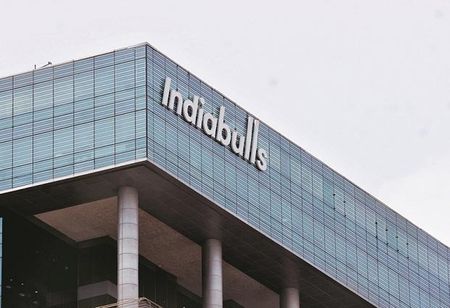
Indiabulls Housing Finance & IIFL Finance's Asset Quality are Weak Says Moody's


The global rating agency Moody’s Investors Service has hinted that the asset quality at non-bank lenders IIFL Finance and Indiabulls Housing Finance is at vulnerable state as a result of the economic contraction. It further states that the third non-bank finance company Muthoot Finance is in a better position as it focuses only on the gold loans business.
In a statement, the agency says, "However, we expect delinquencies will eventually increase at IIFL Finance and Indiabulls once the support programs end given the severity of the pandemic's impact on India's economy.”
The three NBFCs have shown an improvement in their loan collections despite the six-month loan repayments moratorium ending in August on a pickup in economic activity.
However, the agency adds, “Asset quality at IIFL Finance and Indiabulls is vulnerable to economic contraction.”
Until now the various supportive measures for the borrowers have been taken from the authorities have been prevented a sharp deterioration of asset quality at the lenders.
Financing the NBFC’s that has been impacted in the past post the IL&FS crisis, has been stable courtesy of portfolio purchasing the state-owned lenders to meet their priority sector lending mandates, the agency said. It further adds that Indiabulls would continue to face challenges on funding despite this.
From Moody's viewpoint, Muthoot Finance, a focus on gold loans would aid them greatly. It indicated that it does not foresee a drop in gold prices and the biggest risks while lending against the precious metal to happen.
Thus, Muthoot has sturdy profitability which would aid in maintaining the capitalization and funding at the current strong level, the rating agency states.
Furthermore, it is noted that the Indian economy is set to contract by around 10 percent, despite the pick-up which has been seen delayed. Both Indiabulls Housing Finance scrip has gained about 1.69 percent while IIFL Finance rose by 1.43 percent on Monday, as against a 0.44 percent surge in the benchmark.